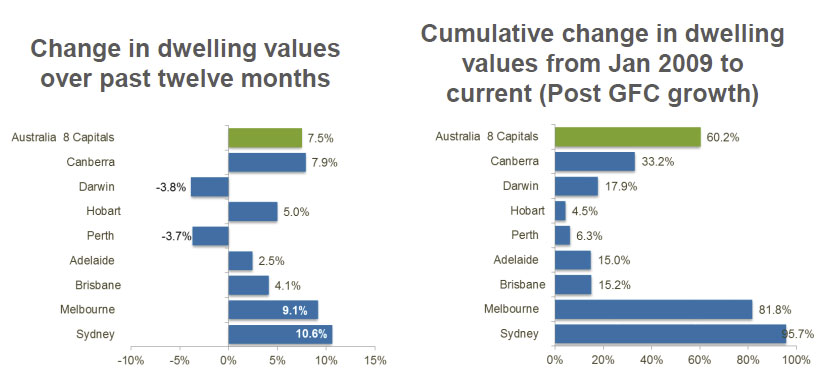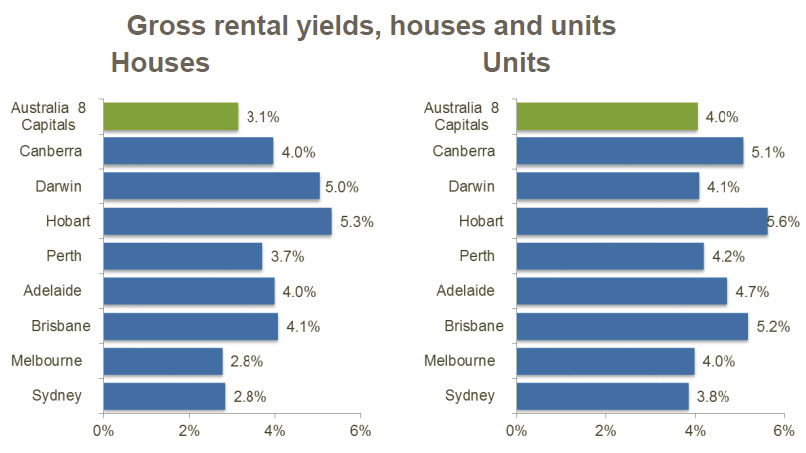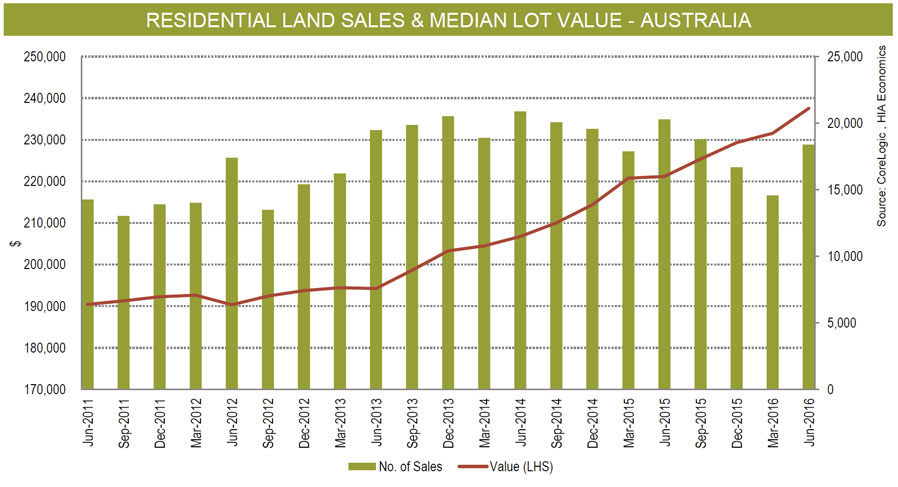Important analysis from CoreLogic showing the impact of the property downturn on the mining belt.
As commodity prices and mining investment has sunk, demand for housing in mining areas has also slowed. This week we take a look at the performance of some of the major mining towns.
Mining towns and regions across the country have been hard hit as investment and commodity prices have slumped. This week we’re looking at how the housing market has performed in terms of the volume and median price of sales across these regions. The results indicate that not all mining towns have recorded an equivalent slowdown. The following analysis looks at annual median prices and annual sales volumes
Port Hedland – median prices peaked at $925,000 in June 2013 and sales volumes peaked at 402 in July 2006. Current median prices are $390,000 (-58% lower than peak) and current sales are 128 (-68% below peak). In what may be a positive sign for the market, annual sales are once again trending higher, although the median prices trend is yet to bottom out.
Isaac – median prices peaked at $620,000 in November 2012 and sales volumes peaked at 661 in March 2012. Current median prices are $138,390 (-78% lower than peak) and current sales are 117 (-28% below peak). Transaction numbers have recently started to rise, however median price trends remain negative.
Karratha – median prices peaked at $815,000 in October 2010 and sales volumes peaked at 511 in March 2005. Current median prices are $362,980 (-55% lower than peak) and current sales are 235 (-54% below peak). Transaction numbers have been trending higher since xxx but the median sale price is still falling, albeit at a more moderate pace.
Gladstone – median prices peaked at $475,000 in September 2012 and sales volumes peaked at 1,823 in July 2007. Current median prices are $350,000 (-26% lower than peak) and current sales are 572 (-69% below peak). Dwelling turnover is continuing along a downwards trend with no sign of an improvement in buyer demand just yet.
Kalgoorlie-Boulder – median prices peaked at $351,250 in June 2015 and sales volumes peaked at 1,656 in September 2006. Current median prices are $312,000 (-11% lower than peak) and current sales are 345 (-79% below peak). Transaction numbers appear to be levelling, however there is no sign of any upwards pressure on prices or turnover.
Mackay – median prices peaked at $435,000 in June 2013 and sales volumes peaked at 3,264 in April 2004. Current median prices are $345,000 (-21% lower than peak) and current sales are 1,045 (-68% below peak). Transaction numbers have recently levelled across the Mackay housing market but are yet to improve.
Roxby Downs – median prices peaked at $500,016 in November 2013 and sales volumes peaked at 187 in February 2004. Current median prices are $250,000 (-50% lower than peak) and current sales are 23 (-88% below peak). Transaction numbers have recently increased slightly across Roxby Downs.
The smaller mining townships which don’t act as major service centres have tended to see a much sharper fall in median selling prices than the larger townships. The decline in sales and prices from the market peaks has been substantial across all of these regions, however the regions that have seen the most significant downturn were those that also recorded a significant upswing in prices and turnover rates prior to the peak in commodity prices.
Recently, most of these mining towns have experienced a stabilisation in sales with some regions having seen an increase in sales volumes. Although sales may have broken the declining trend in a number of areas, median selling prices are generally continuing to trend lower across each of the regions highlighted. The improvement in transactional activity could potentially be due to larger numbers of distressed sales moving through these markets, but may also be attributable to a cautious return of buyers seeking out a bargain.
The challenge for many of these regions remains that despite a recent uptick in commodity prices, investment in large infrastructure projects (new mines, processing facilities, transport etc) has dried up and subsequently few additional jobs are being created. Although commodity prices have recently surged, particular iron ore, coking coal and thermal coal, it is not yet leading to a substantial increase in exploration activity or employment, subsequently housing demand remains weak and continues to have a dampening effect on housing prices.













